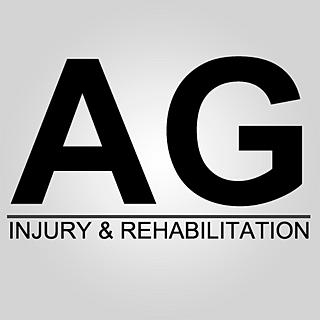Risk Factors for Anterior Cruciate Ligament Injury
- Arun Gray
- Jan 18, 2020
- 1 min read
Anterior Cruciate Ligament (ACL) injuries are immediately disabling and are amongst the most dreaded injuries amongst athletes. They can often lead to long term issues including reinjury and arthritis despite the implementation of a rehabilitation programme. Research is already vast and continues to grow due to the increasing prevalence of ACL injuries in sport.
Neuromuscular Risk Factors
A study by Hewett et al, assessed a number of female athletes prior to participation in their sport. They looked at their performance during a drop jump and analysed differences in the athletes that were injured against those who remained uninjured. They found that injured athletes presented a significantly different posture and landing mechanics in comparison to the uninjured group. Injured athletes showed an increased knee abduction and shorter stance time.
Research has also been conducted on core proprioception and trunk displacement following sudden force. It was found that trunk displacement was greater in athletes that had suffered a knee injury. Research is limited on how core displacement is linked to knee injury but it is assumed that the greater the core displacement from the midline, the further the centre of mess is displaced; increased stress on the knee structures.
Studies have shown differences can be noted between male and female subjects. Females land from a jump and pivot using less knee and hip flexion. This increases knee valgus, internal rotation of the hip coupled with increased external rotation of the tibia and increased quadriceps muscle activation; all known to to be movement patterns that place additional strain on the ACL during activity.
Anatomical Risk Factors







Comments